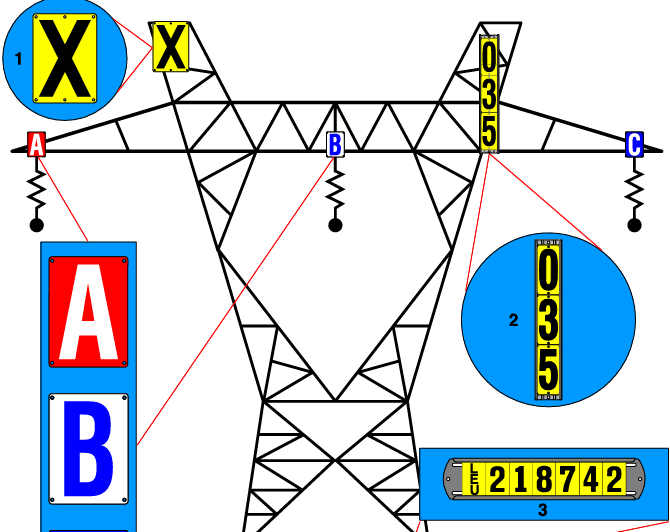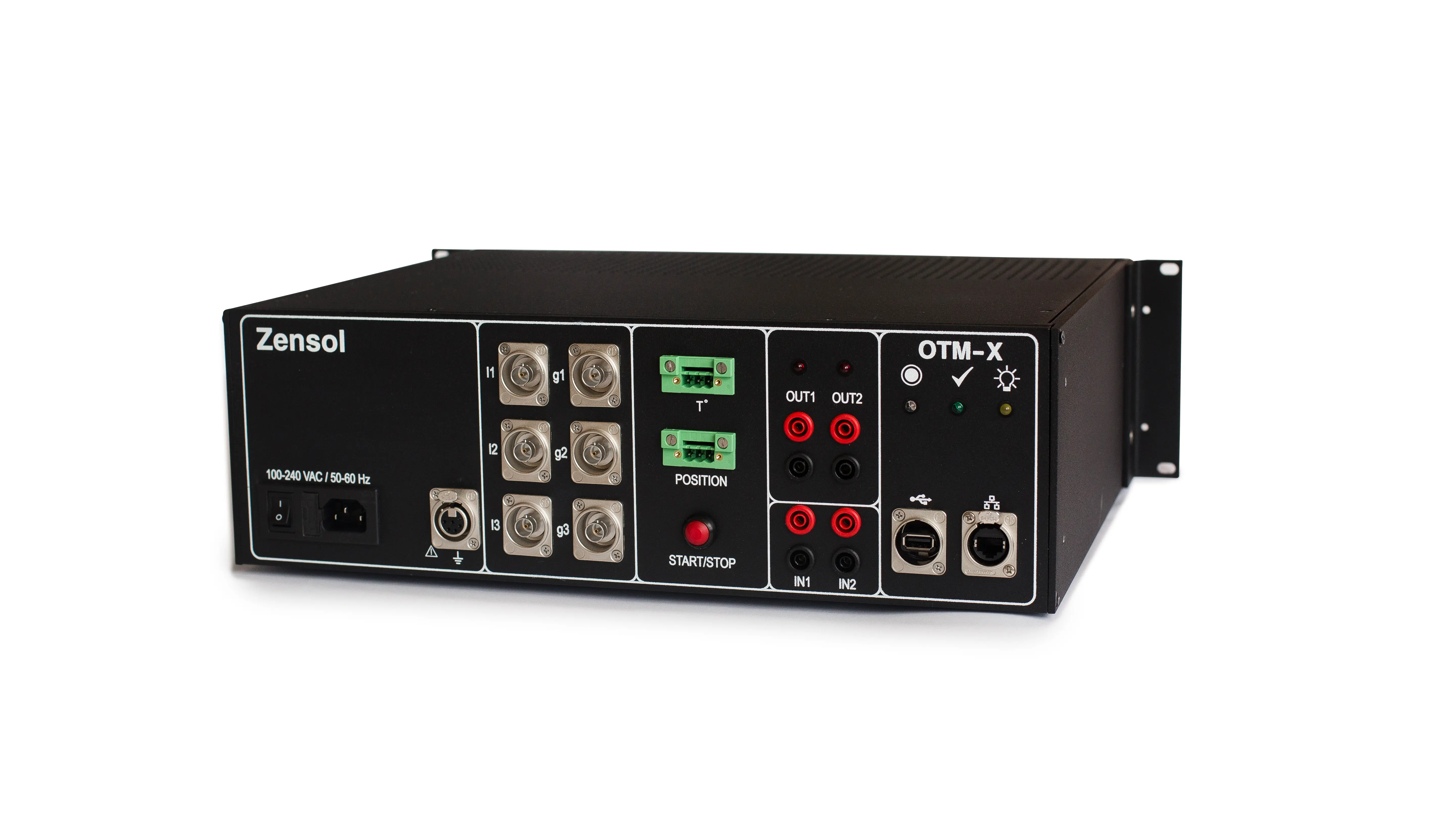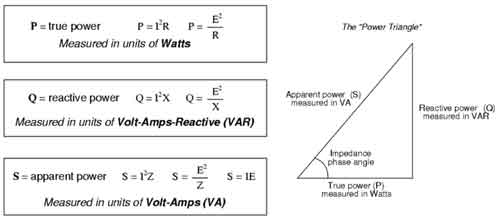Examples of Load Devices Include: Key Electrical Components

Download Our OSHA 3075 Fact Sheet – Understanding Electrical Hazards in the Workplace

- Learn the effects of electric current on the human body
- Understand OSHA safety standards and protective devices
- Discover essential lockout/tagout and grounding practices
Examples of load devices include resistive heaters and lamps, inductive motors and transformers, and capacitive power supplies, drawing AC/DC power in electrical circuits and affecting power factor, efficiency, and voltage regulation.
What Are Examples of Load Devices?
Typical loads include resistive heaters and lamps, inductive motors, and capacitive supplies in AC/DC systems.
✅ Resistive: heaters, incandescent lamps, toasters
✅ Inductive: AC motors, compressors, solenoids
✅ Capacitive: capacitor banks, switch-mode PSUs
Examples of Load Devices Include: Load devices play a crucial role in electrical systems by consuming power and converting it into other forms of energy, such as heat, light, or mechanical motion. Understanding examples of load devices is essential for both engineers and electricians working with various types of circuits. These devices range from simple light bulbs to complex electric motors, and they impact the overall performance and efficiency of an electrical system. By exploring different types of load devices and their applications, you can gain a deeper understanding of how power is distributed and utilized in residential, commercial, and industrial settings. For foundational definitions and context, the concept of an electric load is explained in the what is electric load resource, which clarifies how loads relate to sources and circuits.
What Are Load Devices in an Electrical System?
A load device is any electrical component or appliance that consumes power from a power source to perform work. These devices are the endpoint in a circuit where the flow of electric current is converted into some form of output, such as heat, light, motion, or sound. The behavior and performance of these devices are critical in both residential and industrial applications, as they directly affect the overall operation of power systems. Standard terminology used to describe loads and power quality is outlined in the electricity terms glossary, aiding consistent interpretation across projects.
Sign Up for Electricity Forum’s Wiring Devices Newsletter
Stay informed with our FREE Wiring Devices Newsletter — get the latest news, breakthrough technologies, and expert insights, delivered straight to your inbox.
Electrical loads are categorized based on how they use power. The three primary categories of electrical loads are resistive loads, inductive loads, and capacitive loads. Understanding these categories helps in assessing how different devices function and their impact on an electrical circuit.
What Are Some Common Examples of Load Devices?
Resistive loads are devices that primarily convert electrical energy into heat. The resistance in these loads limits the flow of current, causing energy to dissipate in the form of heat. Resistive loads include devices such as incandescent light bulbs, electric heaters, and ovens. These devices are simple in their operation, with no moving parts and no creation of magnetic fields. For a deeper look at characteristics and examples, see this overview of resistive load behavior and its implications for power quality.
Inductive loads operate by using electromagnetic fields to perform mechanical work. Devices that fall into this category include electric motors, fans, and transformers. These devices have coils or windings that create magnetic fields when current passes through them, enabling them to perform tasks like moving or transforming electrical energy. Inductive loads are common in industrial settings where machines with moving parts are in operation. Practical distinctions among motors, transformers, and solenoids are summarized in the inductive load guide with notes on starting currents and power factor.
Capacitive loads store electrical energy in an electric field and release it as needed. Capacitors, which are often used in power correction applications, are common examples of capacitive loads. These loads do not typically consume electrical energy in the same way that resistive and inductive loads do, but they play an essential role in maintaining balance in power systems applications. Design considerations for power factor correction are outlined in the capacitive load reference for typical facility applications.
How Do Load Devices Impact Electrical Systems?
The impact of different devices on an electrical system depends largely on their type. Resistive loads tend to have a steady and predictable effect on a system, with minimal interference with the flow of electric current. These loads are relatively straightforward to manage and usually have little impact on system stability.
However, inductive loads can present challenges due to their reliance on magnetic fields. When inductive loads are in operation, they create a lag between voltage and current, which can reduce overall efficiency in the system. For example, an electric motor requires more current to start than to run, and the fluctuating demands can strain an electrical system, especially if multiple inductive loads are used simultaneously. Where motors run for three hours or more, classification as a continuous load informs conductor sizing and protective device settings.
Capacitive loads also affect system performance, though their impact is typically seen in how they interact with other loads, particularly inductive ones. Capacitors are often used to offset the lag created by inductive loads, thereby improving the power factor of a system. In essence, capacitive and inductive loads work together to stabilize electrical systems by balancing the timing of voltage and current.
How Do Load Devices Influence Power Quality and Electrical Performance?
The performance and efficiency of an electrical system depend heavily on the balance of types of electrical loads within it. Resistive loads, with their stable and linear energy consumption, tend to have minimal effect on power quality. On the other hand, inductive loads, such as electric motors, can introduce issues like voltage drops, power factor degradation, and harmonic distortion, which can negatively impact the overall performance of a system. Evaluating utilization over time with the load factor metric helps identify demand peaks and efficiency opportunities.
Electricity Today T&D Magazine Subscribe for FREE

- Timely insights from industry experts
- Practical solutions T&D engineers
- Free access to every issue
When inductive loads are in operation, the relationship between current and voltage becomes misaligned, often leading to reduced efficiency. In large-scale power systems applications, this can lead to increased energy losses and potential overheating of equipment. To mitigate these effects, power systems often employ capacitive loads for power factor correction, which helps realign the current and voltage, reducing energy waste and improving overall system stability.
The distribution of resistive, inductive, and capacitive loads in a system also plays a role in electrical performance. In a well-designed system, the right balance of these loads ensures smooth operation, with minimal losses and disturbances. However, if the loads are improperly balanced, issues like voltage sags, surges, or even equipment failure can occur. Maintaining proper load management is key to avoiding these problems and ensuring efficient operation across all devices.
In summary, load devices, including resistive loads, inductive loads, and capacitive loads, play crucial roles in electrical systems by converting electrical power into functional output. Each type of device has a different effect on system performance. Resistive loads include simple, heat-generating devices that have minimal impact on system efficiency, while inductive loads like electric motors can create challenges by introducing inefficiencies and power quality issues. Capacitive loads, on the other hand, are vital for stabilizing systems, particularly in power systems applications that involve a significant number of inductive devices.
Understanding these fundamental principles of load behavior is essential for ensuring the reliable operation of electrical systems. Whether in residential, commercial, or industrial settings, proper management of load devices contributes to the overall efficiency and safety of electrical circuits.












